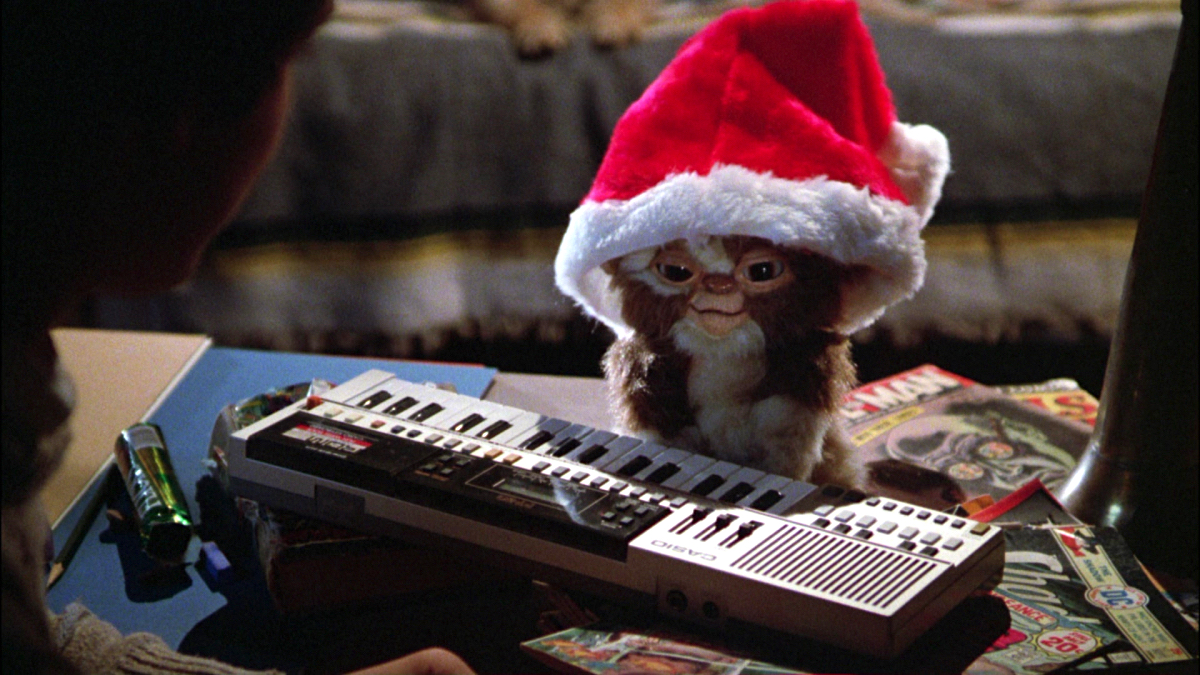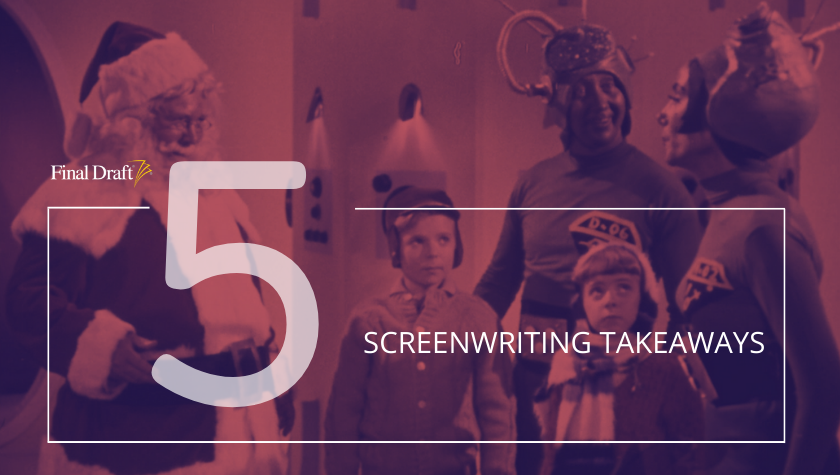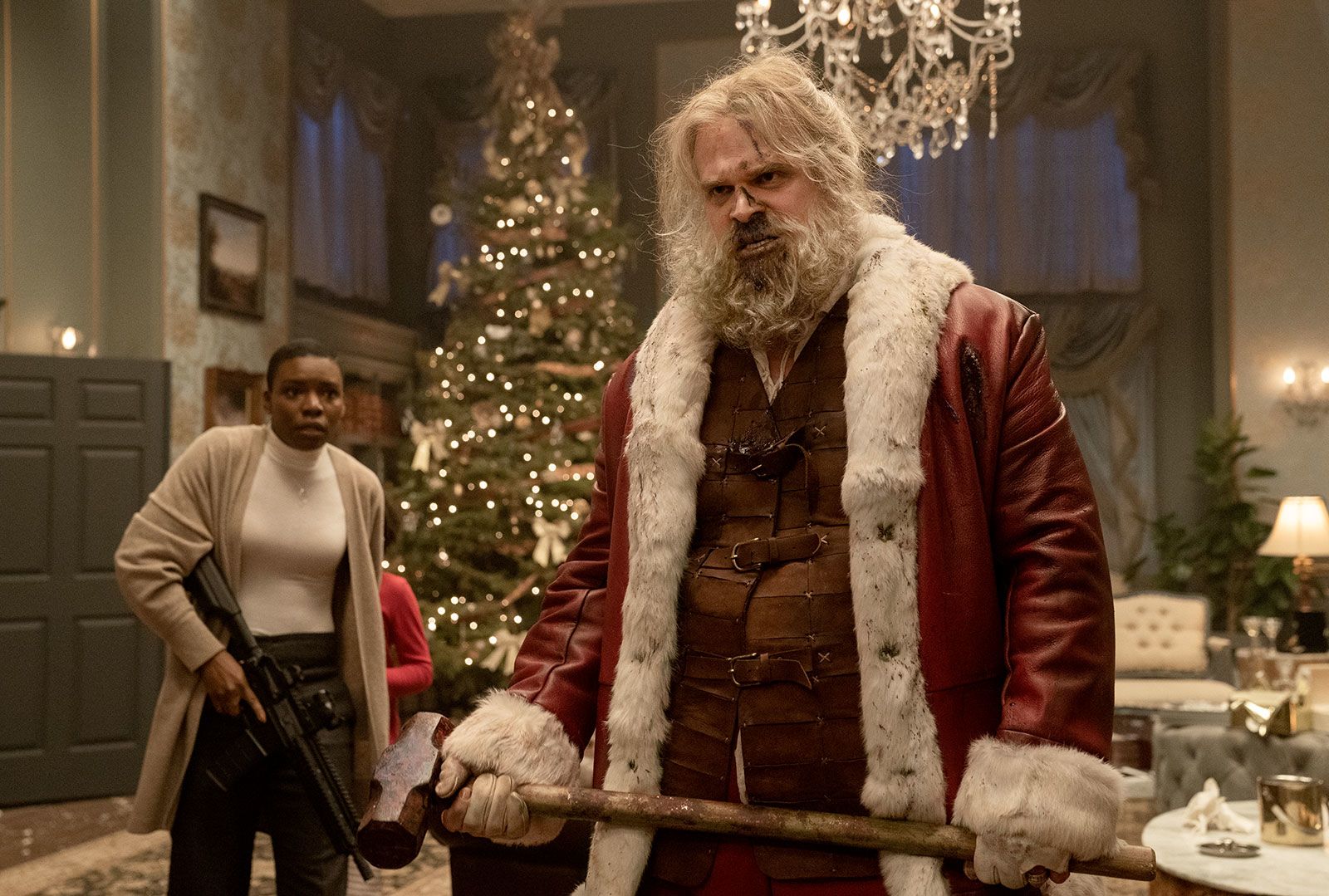What ‘The Santa Clause’ franchise can teach us about story
November 21, 2022
Over the course of the last 28 years, Tim Allen has donned the red suit and appeared on the big and small screen as Santa Claus in the Disney IP The Santa Clause. Built on the premise that a corporate toy executive is legally bound to become Santa, the film series, which includes its two sequels has become a perennial must-watch and is now a TV series premiering on Disney+.
From the increasing number of supporting characters to the odd and exciting challenges Santa Claus faces based on the binding agreement, each film must find a way to remain original while sticking to its core themes and pursuit of maintaining the spirit of the holiday season.
How has The Santa Clause films evolved over the years leading to the TV series and what can screenwriters learn from the things that have changed and what has stayed the same?
The Origin Story
The premise of the original 1994 The Santa Clause asks, What if an average person is forced to become Santa Claus? The audience goes on the journey with Scott Calvin (Allen) and his son Charlie (Eric Lloyd). In the first film, an elementary-aged Charlie was told at school that Santa doesn’t exist. However, he refuses to believe that. To him, Santa is as real as ever.
On Christmas Eve, when the real Santa has a mishap on the Calvin rooftop and falls to the ground, Scott ends up putting on the suit to stave off the cold and inadvertently becomes Santa Claus through the Santa Clause – whoever wears the suit is Santa. Him and Charlie spend the rest of the night delivering presents and visiting the North Pole.
Having seen the North Pole, the elves, reindeers and all things Christmas magic, Charlie believes in Santa. But even though he experienced the same thing as Charlie, he’s gaining weight fast, his hair is turning white and he’s growing a beard on a daily basis, Scott still can’t accept he’s the next Santa Claus.
From an origin story standpoint, similar to how superheroes transition to something greater than their original selves, the character must slowly come to realize their fate. It’s through the magic of Santa that Scott finally accepts who he is.
The Santa Clause Sequels
The Santa Clause films and subsequent TV series have their own individual problems that need resolution, it’s not the same story told over again.
After Scott Calvin becomes Santa Claus in the first film, The Santa Clause 2 centers around another hidden clause in the agreement: the Mrs. Clause. Scott must find a wife by Christmas Eve or risk losing his magic and therefore ending what would be the concept of Santa Claus. This puts the pressure of time as a means of suspense and driving the story while progressing the narrative into something different from the first film.
The Santa Clause 3: The Escape Clause changes tack completely. It puts the never-ending stresses of being Santa Claus at the forefront of the story as a sinister Jack Frost (Martin Short), who feels neglected by the Council of Legendary Figures, is eager to find his claim to fame at any cost. Meanwhile, Carol (Elizabeth Mitchell), the Mrs. Claus, is pregnant and due at any moment. Scott’s arc is realizing how much it means to him to be Santa Claus.
The Santa Clauses focuses on the passing of the baton to the next Santa Claus. The first episode of the Disney+ series shows an aging Santa (Allen turns 70 next year vs being 41 in the first film) and his considering retirement. The show also looks at how the world has changed over the last three decades and how technology and the culture has turned on the perception that children are more naughty than nice.
Each sequel forged a separate path from the first film. If you’re working on a sequel to any story, it’s not enough to rehash a new version of the original source. It needs to distinguish itself from the others and have its own story even with the lead character having a new arc of their own.
The Joy of Christmas
From the Hallmark Channel’s rom-coms to major studio blockbusters, Christmas movies, with few exceptions, are about spreading joy and good cheer. This includes The Santa Clause franchise.
Keeping the spirit of the season alive is part of Scott Calvin’s emotional through lines throughout each film and the TV series. To him, it’s critical that everyone who can believe in Santa Claus does and that the innocence of the season remain intact.
While this is a trope for Christmas movies, it’s also part of the character of Scott Calvin. This must remain consistent throughout the movies. It’s no different that John Wick in his own series, John McClane in the Die Hard franchise or any Santa Claus in any Christmas movie whose job is to spread Christmas cheer and deliver presents. All of these characters may change in some capacity but their core never does.
Christmas movies are essentially their own character. Even alternative versions of Christmas films like Bad Santa and Fatman still have the heart of the holiday at its core.
Subplots and Supporting Characters
Santa Claus is a main character. He’s hard to overshadow and, for good reason, the other characters shouldn’t try. But the other characters and their stories are critical to the overall narrative of The Santa Clause franchise.
It doesn’t matter what story you’re telling, subplots give the A story room to breathe.
In The Santa Clause 2, it’s not enough for Scott Calvin to search for his bride-to-be. The movie also looks at Charlie’s troubles in school as well as a rogue robot version of Santa taking over the North Pole while Scott is back home.
In the new The Santa Clauses TV series, the show follows a subplot of a new character named Simon (Kal Penn) whose aspirations of being the head of his own billion-dollar company seems to be crashing. Meanwhile, Carol (Elizabeth Mitchell) is having an identity crisis surrounding her role as Mrs. Claus.
A movie shouldn’t rely on the main character carrying the whole story on their backs, that’s not to say it doesn’t happen. Subplots are important to help keep the supporting characters alive and show the audience that the story goes beyond the main character. Also, subplots will directly impact the main character, even if they aren’t in those scenes. In The Santa Clause 2, for example, Scott eventually has to save the North Pole operation from the evil Santa; a plot the audience knows but the protagonist is unaware.
The World Crashes Down
Finally, the hero can’t have things easy and, at some point, the world must come crashing down. You accomplish this by increasing the stakes for the character as the story advances. After the protagonist reaches their lowest point, they can then rise.
In The Santa Clause, Scott has no choice but to become Santa Claus but it might mean the loss of his son as Charlie’s mom and stepdad think “pretending” to be Santa is getting out of control and they fight for full custody. In The Santa Clause 2, there are moments toward the climax where it looks like Scott will fail. Even the first episode of The Santa Clauses the concludes in a climax that indicates Scott’s term as Santa may be over. These occur at low points giving the hero of the story the opportunity to rise and succeed.
If your protagonist can lose and wake up the next morning feeling okay, the stakes aren’t high enough. Even The Santa Clause movies have stakes so high that should the hero not accomplish their mission, it would be devastating.
The Santa Clauses is now streaming on Disney+.
Written by: Steven Hartman
Steven Hartman is an award-winning, optioned screenwriter. He was a Top 5 Finalist in Big Break’s Historical Category in 2019 and won Best Action/Adventure in Script Summit’s Screenplay Competition in 2021. He holds a Bachelor of Arts degree from Columbia College and had internships at Jerry Bruckheimer Films and Village Roadshow Pictures. Steve is a full-time writer and creative video producer by day and a screenwriter and novelist by night.



